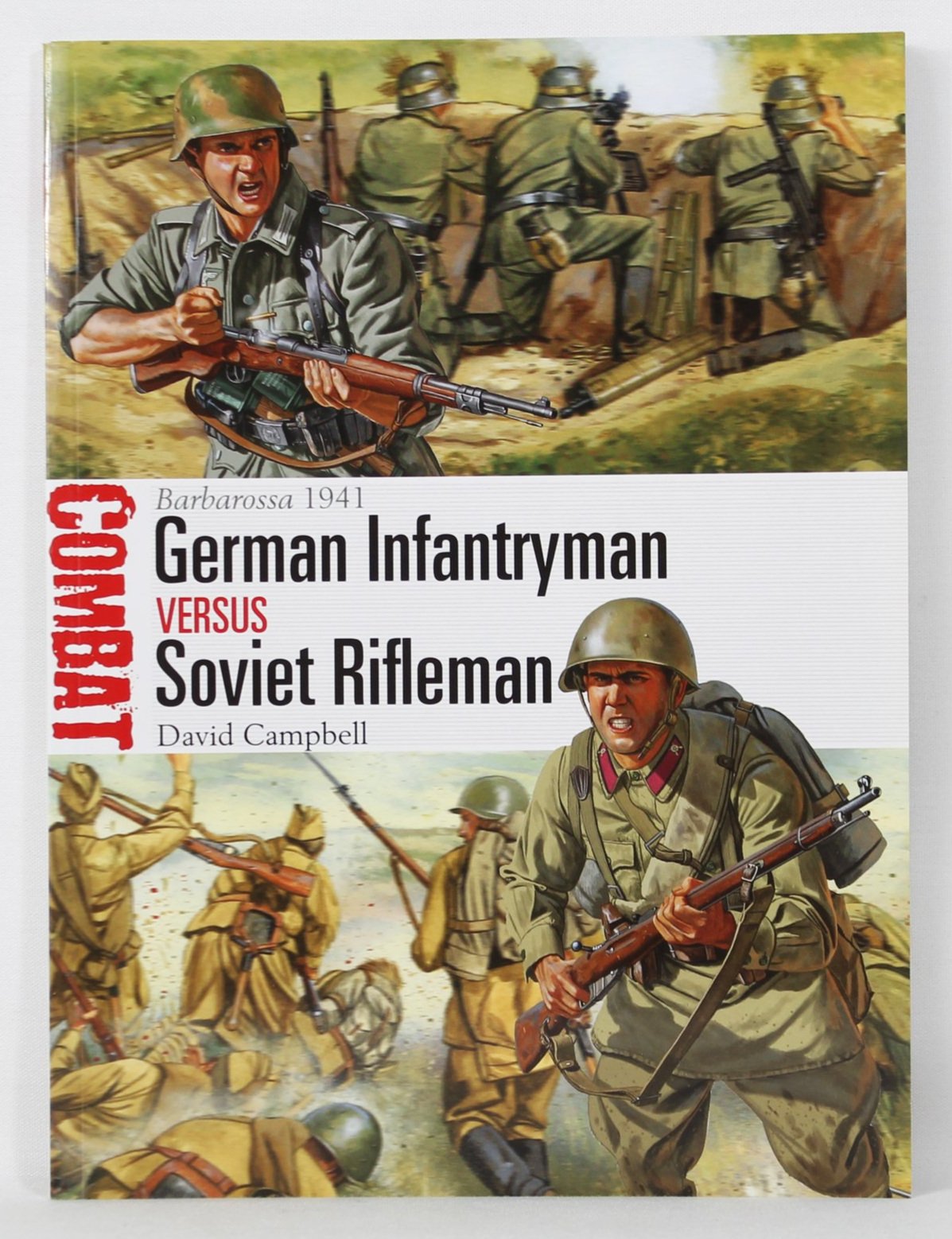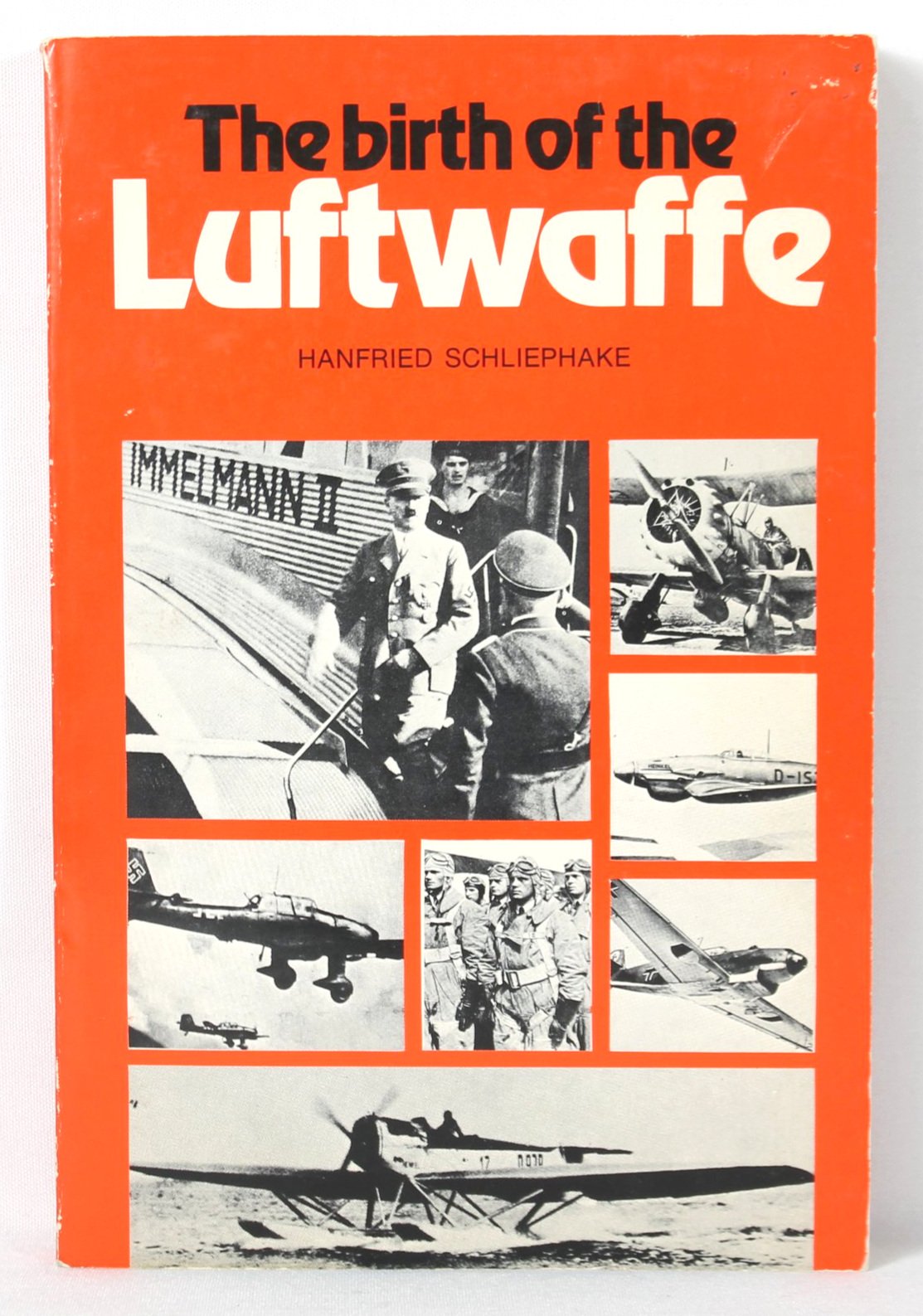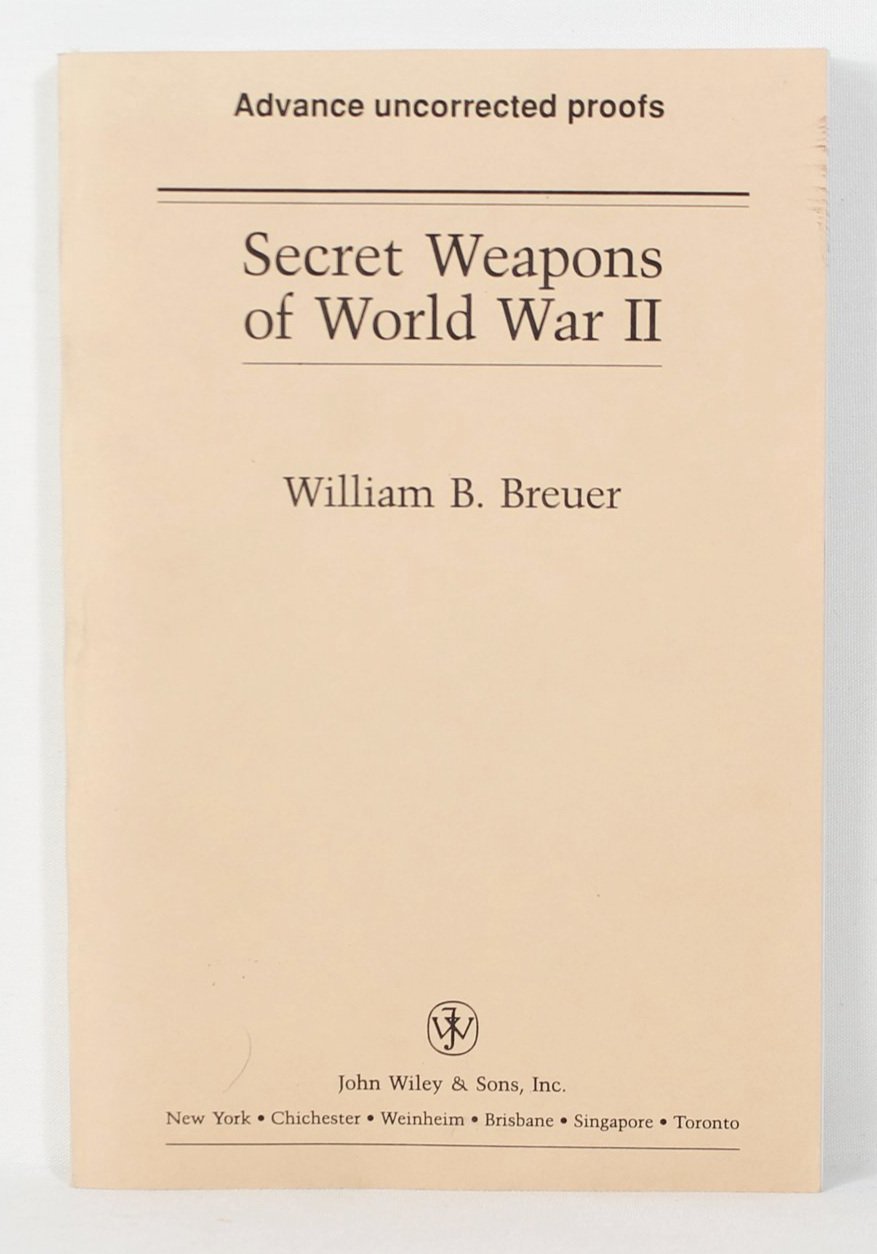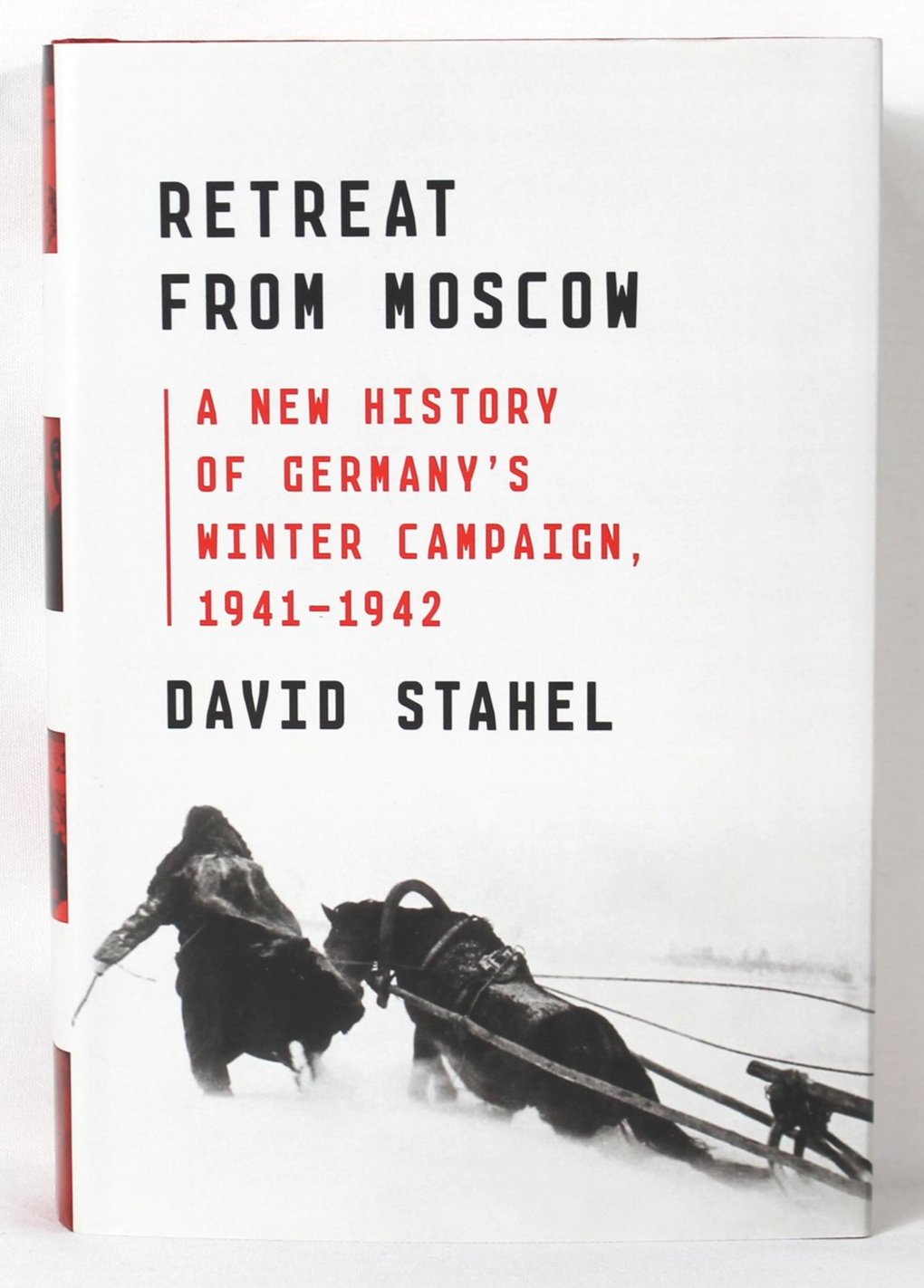Combat 7 - German Infantryman Versus Soviet Rifleman: Barbarossa 1941 by David Campbell
Featuring full-color artwork, specially drawn maps and archive photographs, this study offers key insights into the tactics, leadership, combat performance and subsequent reputations of six representative German and Soviet infantry battalions pitched into three pivotal actions that determined the course of the Barbarossa campaign at the height of World War II.
The Axis invasion of the Soviet Union on 22 June 1941 pitted Nazi Germany and her allies against Stalin's forces in a mighty struggle for survival. Three German army groups - North, Center and South - advanced into Soviet-held territory; Generalfeldmarschall Fedor von Bock's Army Group Center, the largest of these three, was tasked with defeating General of the Army Dmitry Pavlov's Western Front in Belarus, and was assigned two Panzer Groups to achieve this. Bock's command would complete the encirclement and destruction of vast numbers of Soviet personnel and matériel at battles such as Bialystok-Minsk in June-July and Smolensk in July-August before being halted as German efforts centered on the conquest of the Ukraine, only to resume the offensive at the end of September. As the dust of summer gave way to the mud of autumn, the ensuing German drive on Moscow was slowed and then halted by a Soviet counteroffensive mounted by Konev's Kalinin and Timoshenko's Southwestern Fronts in December amid unusually harsh winter conditions, marking the failure of the German Blitzkrieg; Army Group Centre was forced back and Moscow remained in Soviet hands.
At the forefront of the German advance, fighting alongside the spearhead Panzer divisions, were the lorry-borne infantrymen of the motorized infantry divisions. Unlike the Schützen, the specialist armored infantry integral to the Panzer divisions, these highly trained motorized formations were organized, armed and equipped as per their footslogging counterparts in the standard infantry divisions; together, these two troop types were the forerunners of the formidable Panzergrenadier formations that would provide the Germans with their mobile infantry forces in the climactic years of World War II.
Opposing the German mobile forces, the Soviets deployed rifle divisions and motorized rifle divisions, some of which would be upgraded to Guards status following outstanding combat performance. The Soviet forces fought tenaciously in the teeth of sometimes overwhelming local German superiority and with the threat of savage reprisals from the NKVD troops at their backs, suffering huge losses but remaining in the fight until the lines could be stabilized in the worsening winter conditions outside Moscow. Their clashes with the motorized infantrymen of the German vanguard would shape the outcome of this mighty battle for survival.
Condition: New
Pages: 80 Paperback
Dimensions: 7-1/4x9-3/4
Author: David Campbell
Publisher: Osprey
Featuring full-color artwork, specially drawn maps and archive photographs, this study offers key insights into the tactics, leadership, combat performance and subsequent reputations of six representative German and Soviet infantry battalions pitched into three pivotal actions that determined the course of the Barbarossa campaign at the height of World War II.
The Axis invasion of the Soviet Union on 22 June 1941 pitted Nazi Germany and her allies against Stalin's forces in a mighty struggle for survival. Three German army groups - North, Center and South - advanced into Soviet-held territory; Generalfeldmarschall Fedor von Bock's Army Group Center, the largest of these three, was tasked with defeating General of the Army Dmitry Pavlov's Western Front in Belarus, and was assigned two Panzer Groups to achieve this. Bock's command would complete the encirclement and destruction of vast numbers of Soviet personnel and matériel at battles such as Bialystok-Minsk in June-July and Smolensk in July-August before being halted as German efforts centered on the conquest of the Ukraine, only to resume the offensive at the end of September. As the dust of summer gave way to the mud of autumn, the ensuing German drive on Moscow was slowed and then halted by a Soviet counteroffensive mounted by Konev's Kalinin and Timoshenko's Southwestern Fronts in December amid unusually harsh winter conditions, marking the failure of the German Blitzkrieg; Army Group Centre was forced back and Moscow remained in Soviet hands.
At the forefront of the German advance, fighting alongside the spearhead Panzer divisions, were the lorry-borne infantrymen of the motorized infantry divisions. Unlike the Schützen, the specialist armored infantry integral to the Panzer divisions, these highly trained motorized formations were organized, armed and equipped as per their footslogging counterparts in the standard infantry divisions; together, these two troop types were the forerunners of the formidable Panzergrenadier formations that would provide the Germans with their mobile infantry forces in the climactic years of World War II.
Opposing the German mobile forces, the Soviets deployed rifle divisions and motorized rifle divisions, some of which would be upgraded to Guards status following outstanding combat performance. The Soviet forces fought tenaciously in the teeth of sometimes overwhelming local German superiority and with the threat of savage reprisals from the NKVD troops at their backs, suffering huge losses but remaining in the fight until the lines could be stabilized in the worsening winter conditions outside Moscow. Their clashes with the motorized infantrymen of the German vanguard would shape the outcome of this mighty battle for survival.
Condition: New
Pages: 80 Paperback
Dimensions: 7-1/4x9-3/4
Author: David Campbell
Publisher: Osprey
Featuring full-color artwork, specially drawn maps and archive photographs, this study offers key insights into the tactics, leadership, combat performance and subsequent reputations of six representative German and Soviet infantry battalions pitched into three pivotal actions that determined the course of the Barbarossa campaign at the height of World War II.
The Axis invasion of the Soviet Union on 22 June 1941 pitted Nazi Germany and her allies against Stalin's forces in a mighty struggle for survival. Three German army groups - North, Center and South - advanced into Soviet-held territory; Generalfeldmarschall Fedor von Bock's Army Group Center, the largest of these three, was tasked with defeating General of the Army Dmitry Pavlov's Western Front in Belarus, and was assigned two Panzer Groups to achieve this. Bock's command would complete the encirclement and destruction of vast numbers of Soviet personnel and matériel at battles such as Bialystok-Minsk in June-July and Smolensk in July-August before being halted as German efforts centered on the conquest of the Ukraine, only to resume the offensive at the end of September. As the dust of summer gave way to the mud of autumn, the ensuing German drive on Moscow was slowed and then halted by a Soviet counteroffensive mounted by Konev's Kalinin and Timoshenko's Southwestern Fronts in December amid unusually harsh winter conditions, marking the failure of the German Blitzkrieg; Army Group Centre was forced back and Moscow remained in Soviet hands.
At the forefront of the German advance, fighting alongside the spearhead Panzer divisions, were the lorry-borne infantrymen of the motorized infantry divisions. Unlike the Schützen, the specialist armored infantry integral to the Panzer divisions, these highly trained motorized formations were organized, armed and equipped as per their footslogging counterparts in the standard infantry divisions; together, these two troop types were the forerunners of the formidable Panzergrenadier formations that would provide the Germans with their mobile infantry forces in the climactic years of World War II.
Opposing the German mobile forces, the Soviets deployed rifle divisions and motorized rifle divisions, some of which would be upgraded to Guards status following outstanding combat performance. The Soviet forces fought tenaciously in the teeth of sometimes overwhelming local German superiority and with the threat of savage reprisals from the NKVD troops at their backs, suffering huge losses but remaining in the fight until the lines could be stabilized in the worsening winter conditions outside Moscow. Their clashes with the motorized infantrymen of the German vanguard would shape the outcome of this mighty battle for survival.
Condition: New
Pages: 80 Paperback
Dimensions: 7-1/4x9-3/4
Author: David Campbell
Publisher: Osprey








